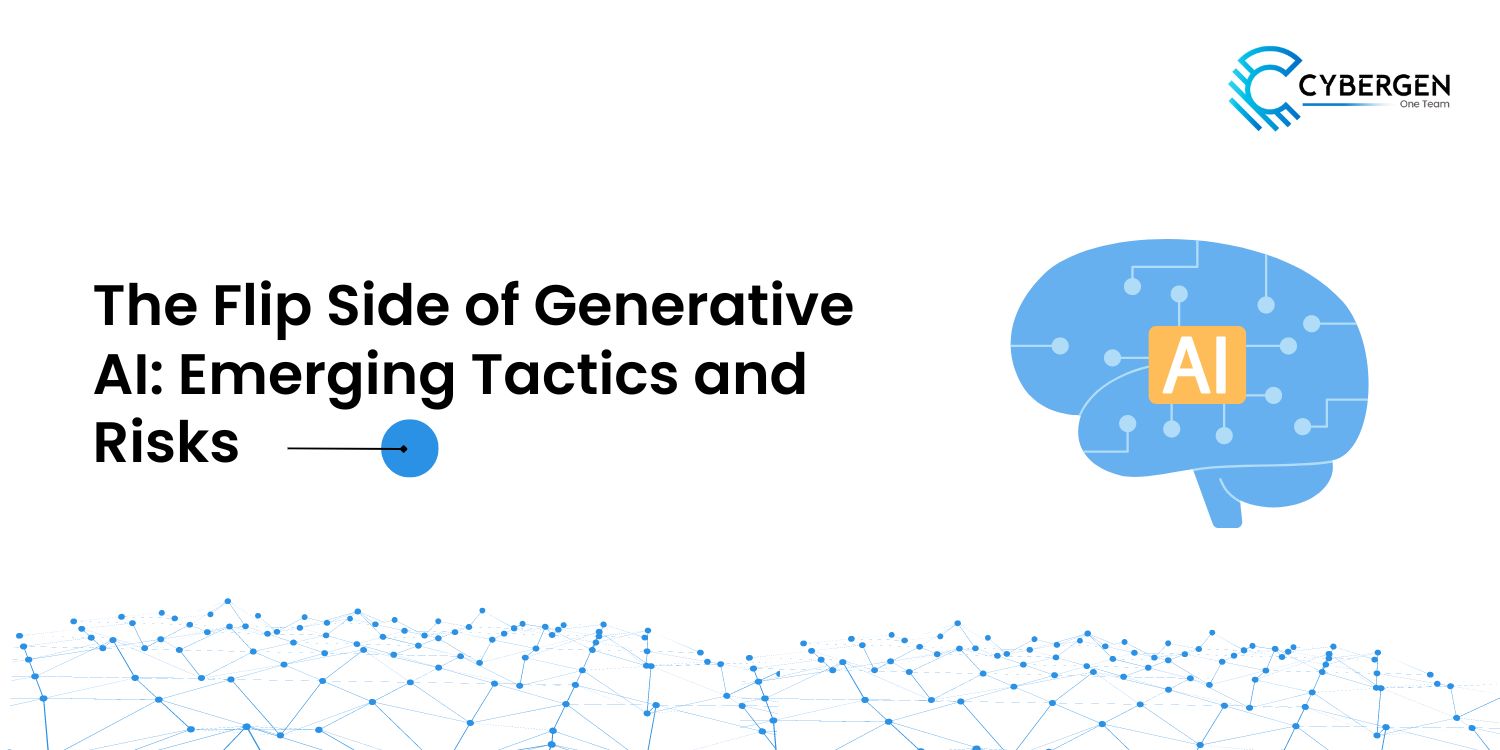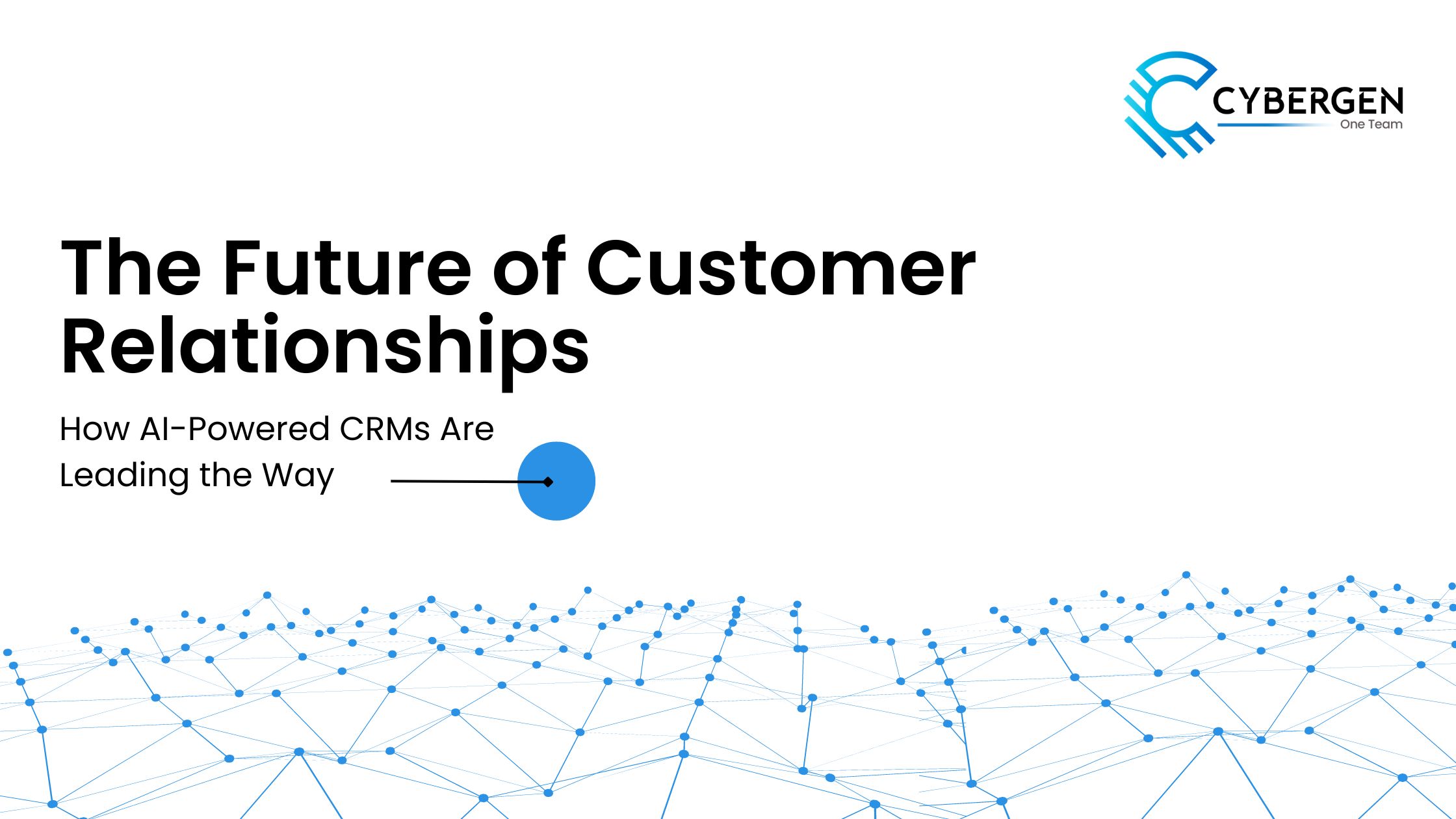As ransomware attacks surge globally, organizations face heightened risks to their data and operations. In this comprehensive blog, we'll explore the prevalence and evolution of ransomware, its devastating financial impact, and practical strategies for mitigation. From security measures centered on humans to advanced technological solutions,we will provide you with the necessary tools to safeguard your business against ransomware threats.
What are Ransomware Threats?
Ransomware, once just a distant concern of cybersecurity, has evolved into a formidable threat that can send shivers down the spine of even the most seasoned businessperson. Its prevalence has skyrocketed in recent years, with incidents becoming increasingly sophisticated and damaging.
In the past, ransomware would merely encrypt files, demanding payment to unlock them. However, modern ransomware has taken a sinister turn, employing tactics like double extortion and Ransomware-as-a-Service (RaaS) to maximize its impact.
How is the Double Extortion Method the Double-Edged Sword for Businesses?
Double extortion is a particularly insidious tactic deployed by modern ransomware. Not content with just encrypting files, cybercriminals now also steal sensitive data and threaten to expose it unless a ransom is paid promptly.
This creates a double-edged sword for victims, who not only face the prospect of losing access to their data but also the potential fallout from its unauthorized disclosure. The evolution of ransomware into this dual-threat model has significantly escalated the stakes for affected organizations.
How RaaS Proves to be a Nightmare for People?
Ransomware-as-a-Service (RaaS) has further democratized the ransomware landscape, making it accessible to a wider range of cybercriminals. Operating on an affiliate business model, RaaS provides hacking groups with all the necessary tools to execute ransomware attacks, including phishing email templates, ransomware payloads, and even payment processing infrastructure. This has led to a proliferation of ransomware attacks, with cybercriminals of varying skill levels able to launch devastating campaigns with relative ease.
Real-World Example of Ransomware Attack Having Devastating Impact
The impact of ransomware attacks on organizations cannot be overstated. Real-world examples, such as the infamous Hackney Council incident, serve as stark reminders of the havoc that ransomware can wreak.
In 2020, Hackney Council fell victim to a ransomware attack that not only encrypted sensitive data but also exposed it on a leak site operated by the attackers. The council's operations ground to a halt as staff were forced to resort to pen and paper, and the financial cost amounted to a staggering £12.2 million.
Evolving Ransomware Demands a Comprehensive Cybersecurity Strategy
These incidents highlight the urgent need for organizations to understand the evolving threat landscape posed by ransomware. As cybercriminals continue to refine their tactics and exploit vulnerabilities, businesses must remain vigilant and proactive in their defense strategies.
The days of simple encryption-based ransomware are long gone, replaced by a new era of sophisticated and multifaceted threats that demand a comprehensive approach to cybersecurity.
Ransomware's Many Doors: Phishing, Social Engineering, and Insecure Websites
Ransomware attackers are crafty, often exploiting various entry points to infiltrate organizations' networks. One of the most common methods they employ is phishing, where deceptive emails trick unsuspecting users into clicking on malicious links or downloading infected attachments.
Social engineering is another tactic, where attackers manipulate individuals into divulging sensitive information or performing actions that compromise security. Additionally, insecure websites can serve as entry points for ransomware, especially those hosting exploit kits capable of exploiting vulnerabilities in outdated software or plugins.
Security Awareness Training Empowers Employees to Fight Ransomware
To combat these threats effectively, organizations must prioritize human-centric security measures. Security awareness training plays a pivotal role in educating employees about ransomware risks and teaching them how to recognize and respond to suspicious emails or requests.
Conducting phishing simulations further reinforces these lessons, allowing employees to practice identifying phishing attempts in a safe environment. By fostering a security-conscious culture, organizations can empower their employees to become active participants in the fight against ransomware.
Beyond Employee Training, Tech Safeguards Ransomware Attacks
Businesses can't solely rely on educating their employees to win the war against ransomware. Technological solutions are crucial for building a strong defense. Secure VPNs encrypt internet traffic for remote workers, safeguarding them from malicious online threats.
Multi-factor authentication adds an extra hurdle for attackers by requiring users to provide more than just a password to access sensitive systems. Furthermore, staying on top of software updates and patches is vital. These updates often address security vulnerabilities that cybercriminals love to exploit. By promptly implementing these updates, organizations can significantly reduce the risk of ransomware sneaking into their networks.
Mitigating the Financial Impact and Future Outlook
Ransomware attacks aren't just a nuisance—they can wreak havoc on businesses, causing significant financial damage that can cripple operations. From ransom payments and lost revenue to regulatory fines and reputational damage, the costs of a ransomware attack can quickly spiral out of control.
According to industry reports, the global damages caused by ransomware attacks are projected to reach staggering levels, with estimates in the multiple billions annually by 2031. Ransomware attacks are getting worse, targeting everyone. Businesses need to prepare with a layered defense that combines employee training and tech safeguards to fight back.
Combat Ransomware's Growing Threat with Awareness, Tech, and Vigilance
In conclusion, defending against ransomware requires a proactive approach that addresses both the immediate threats and the long-term implications. By fostering a culture of cybersecurity awareness, implementing robust technological solutions, and staying vigilant against emerging threats, businesses can better protect themselves from the devastating consequences of ransomware attacks. It's essential for organizations to act now and take decisive steps to strengthen their defenses against this ever-evolving threat landscape.
Relevant Blogs
Hey, I can help you with:
What AI solutions does CyberGen offer to enhance business operations? How can CyberGen's managed IT services improve my company's efficiency? What training programs are available through CyberGen Academy?



 1.png)
